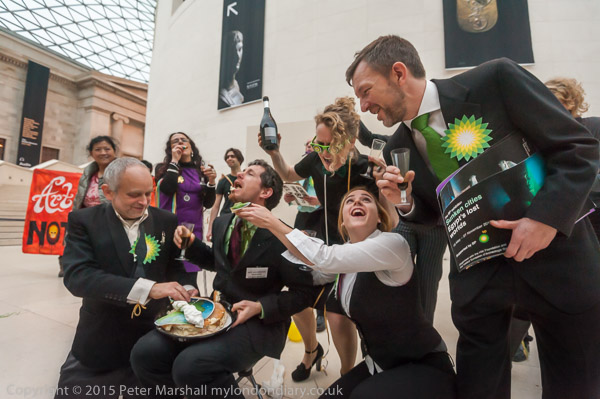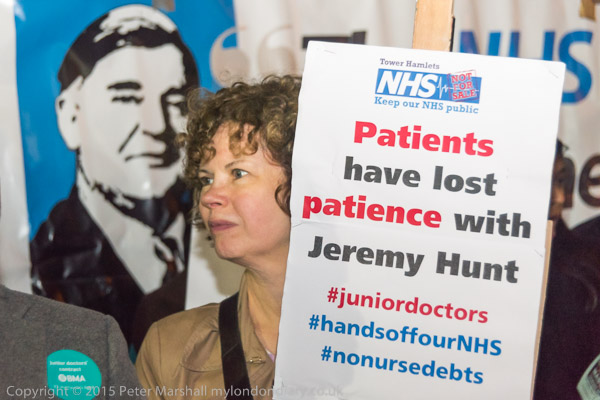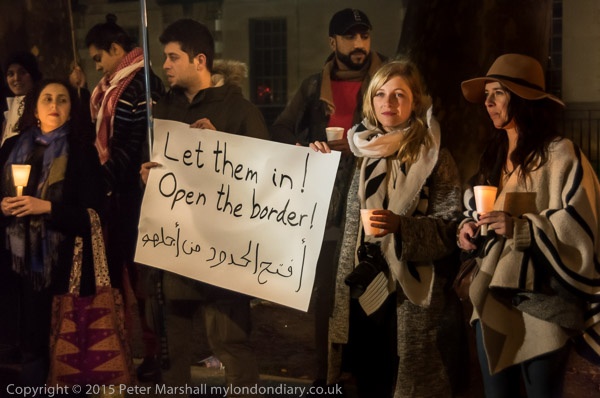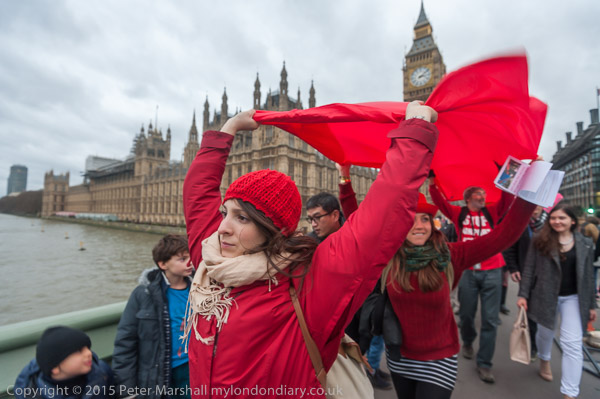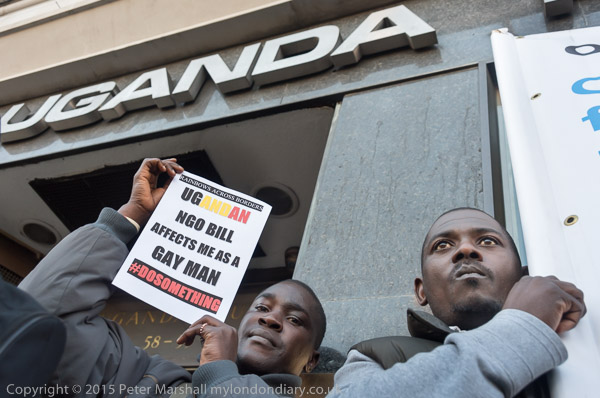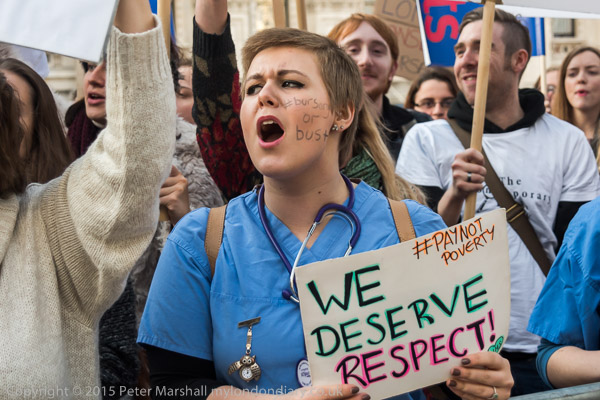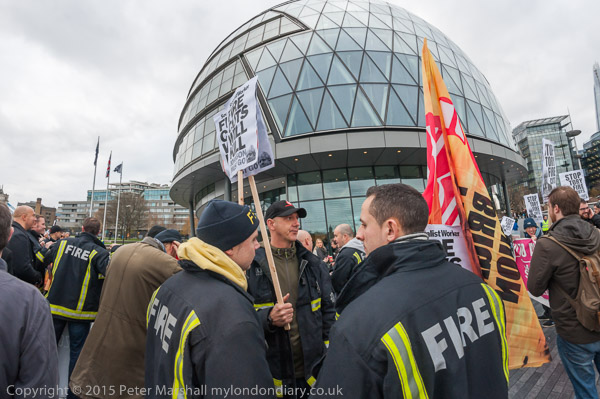I’ve tried hard not to add significantly to the barrow-loads of reviews of the year 2015, lists of the best photographs of the past year etc, as well as resolutions for 2016. Mostly they are excuses for writers having a week or two off over Christmas and the New Year and ignoring as much of what is happening as they can as they enjoy eating an drinking immoderately. And I have to admit that it’s something I’ve enjoyed taking advantage of in the past, and we all do need a rest from time to time.
I even sneaked a look at one or two of those compilations of the ‘best images of 2015’, though I found them in the main disappointing; too many pictures of politicians, sometimes obscure to those of us not the the USA doing nothing very interesting, and relatively few images that will stand the test of time.
It all makes for a good time for politicians to sneak out controversial announcements on the day when most MPs have already left for the Christmas break, knowing that the papers will mainly have their minds fixed on different things. But this year the Christmas break for many UK journalists and photographers was rudely interrupted by torrential rain causing flooding in cities, towns and villages in the northern half of England and parts of Scotland.
Terrible though this was for those who were flooded out – and having been an inch or two from the water coming into my own home for several weeks in 2014 and knowing others close by flooded I felt for them, as did most of the rest of the nation, though we didn’t let it spoil our celebrations. And even if a lost filling and some painful toothache hadn’t been making my own life something of a misery I wouldn’t have felt I could have contributed anything by travelling a couple of hundred miles to photograph other people’s troubles which were already being covered by so many photographers.
Possibly something good may come out of the floods. Perhaps they will have finally silenced the climate change deniers and several articles have appeared in newspapers suggesting a need to adopt sensible policies to lower the risk of further flooding. We may now see measures to slow run-off from agricultural land (including re-afforestation, semi-permeable barriers and reductions in sheep grazing and maize growing) and any new building in flood plains being designed with flooding in mind.
As for new year, I’d like it to be moved back to March 25th, where it was celebrated in England up to 1751. Perhaps then we could avoid the ridiculous almost two weeks of shutdown that we now get in midwinter that has me waiting so long for my dentist to come back to work. The Feast of the Annunciation, or ‘Lady Day’ marked the beginning of the agricultural year, and was when it changed from being one year to the next – so the day after March 25th 1715 was March 26th 1716.
Photographic new year jobs
But we do differently now, and I’ve just been performing some of the photographic rituals (yes, eventually this post gets around to photography) for the change in the year to 2016. If you, like me, file images by date, now is the time to set up folders for the new year 2016.
Lightroom too needs attention – as an e-mail from the Lightroom Queen Victoria Bampton reminded me. I’ve decided now to change to a new Lightroom catalogue each year, labelled with the year. I’ve found LR works much better if you don’t grow your catalogues too large. Yesterday I finished processing the images from 31st Dec 2015 and backed up the 2015 catalogue, then created a new catalogue for 2016.
It’s also worth deleting some of the old catalogue backups, though I like to keep a couple as well as the most recent, just in case one is corrupted.
Lightroom presets also need updating, in particular the import preset that I use to write copyright and contact information into every image I add to Lightroom. You do this from the import dialogue by selecting the preset, then choosing to edit it – and saving it, preferably under a name that reminds you it is for 2016.
I usually get around to altering the discrete copyright message that I add when writing images for the web from Lightroom by some time in April, but yesterday I managed to do it before importing any 2016 images. You do this from the ‘Edit’ menu, which rather to my surprise has the choice ‘Edit watermarks’. I selected my 2015 watermark, made a few changes, then saved it as pm2016 – it now puts ‘Copyright © 2016 Peter Marshall mylondondiary.co.uk‘ in a slightly different place and a little darker than before.
My web site, ‘My London Diary’ is also chronologically arranged, and I will need to set up a new page for the year, along with new versions of the monthly page and the individual pages. It’s getting to be something of a squeeze to get another year along the top of the monthly page for the top menu. I also have to change the copyright text on the pages and other library items that are on the pages. Fortunately this isn’t yet urgent, as I still have to finish adding my text and images for the last week of December 2015.
It might be slightly less simple to do all this on ‘Lady Day‘, but I’d happily make the changes then, listening perhaps to Billie Holiday with Prez.


